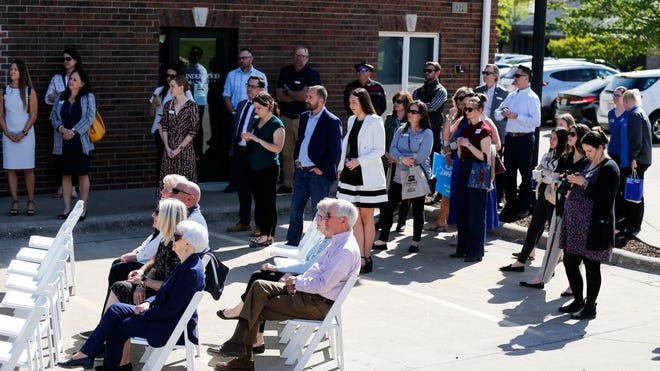Autism changing into extra prevalentin younger adults
4 instances as many youngsters have been identified with autism previously 20 years amid improved consciousness and screening and evolving definitions. A brand new research suggests diagnoses have elevated at a quicker clip amongst youthful adults over the previous decade.
Autism spectrum dysfunction spiked 175% amongst folks within the U.S. from 2.3 per 1,000 in 2011 to six.3 per 1,000 in 2022, researchers discovered. Analysis charges climbed at a quicker fee amongst adults of their mid-20s to mid-30s in that interval, in response to a research revealed Wednesday in JAMA Community Open.
Researchers concerned within the research got down to assess what number of adults had been identified with autism as a result of earlier research largely targeted on school-age youngsters, mentioned Luke Grosvenor, the research’s lead creator and a postdoctoral fellow at Kaiser Permanente’s Northern California analysis division.
“There was a scarcity of analysis targeted on autistic adults,” Grosvenor mentioned.
Kids ages 5 to eight had the best autism fee at 30.3 diagnoses per 1,000 youngsters in 2022. The second-highest fee was youngsters 4 and youthful at 28.8 per 1,000 youngsters.
Research tracks rising autism charges in adults
The research discovered a far decrease autism fee in youthful adults than in youngsters, however it additionally discovered that autism is growing at a quicker tempo amongst these adults. The speed of autism for adults ages 26 to 34 elevated greater than 450% from 2011 to 2022, the research mentioned.
The rising autism charges in adults present that “we have to enhance transition companies for autistic people and their households” once they turn into adults, Grosvenor mentioned.
Although youngsters may get entry to companies reminiscent of speech remedy and different remedy in class, they typically lose entry to such care once they turn into adults. However the want doesn’t disappear, Grosvenor mentioned.
“That’s the companies cliff in autism,” mentioned Grosvenor, including that it is “critically essential” that adults with autism get the care they want.
Specialists not concerned within the research mentioned the analysis gives worthwhile perception into autism prevalence in adults, a gaggle that federal researchers don’t routinely monitor in autism surveillance.
Dr. Alycia Halladay, chief science officer for the Autism Science Basis, mentioned the figures within the research confirmed related outcomes to what the Facilities for Illness Management and Prevention has reported for youthful youngsters. However she mentioned the research’s estimates for adults are “enormously essential” and draw consideration to the necessity to monitor autism sufferers over time. She mentioned the research additionally exhibits the worth of harvesting info from medical information so researchers can present a extra detailed take a look at folks with autism.
The research doesn’t present a extra detailed look, nonetheless, at how older adults with autism are faring, Halladay mentioned. She mentioned she want to see a research of adults with autism that addresses questions reminiscent of instructional attainment and employment prospects.
Autism charges differ by race and intercourse
The JAMA community research additionally reported variations in autism charges by race, ethnicity and intercourse. The prognosis charges had been highest amongst American Indian or Alaska Native youngsters and adults. The rise in autism was higher amongst Black, Asian, Hispanic and American Indian and Alaska Native youngsters in contrast with white youngsters.
Boys had been nonetheless extra prone to be identified with autism than ladies. However the report famous that autism diagnoses elevated at a quicker fee amongst ladies than boys over the research interval.
Halladay mentioned organic components contribute to larger autism charges amongst boys.
“The brains of girls and boys are simply completely different, and so they develop at completely different charges,” Halladay mentioned. “Ladies have higher social abilities earlier on, and so there’s some thought that they may presumably be masking the options of autism higher than boys.”

